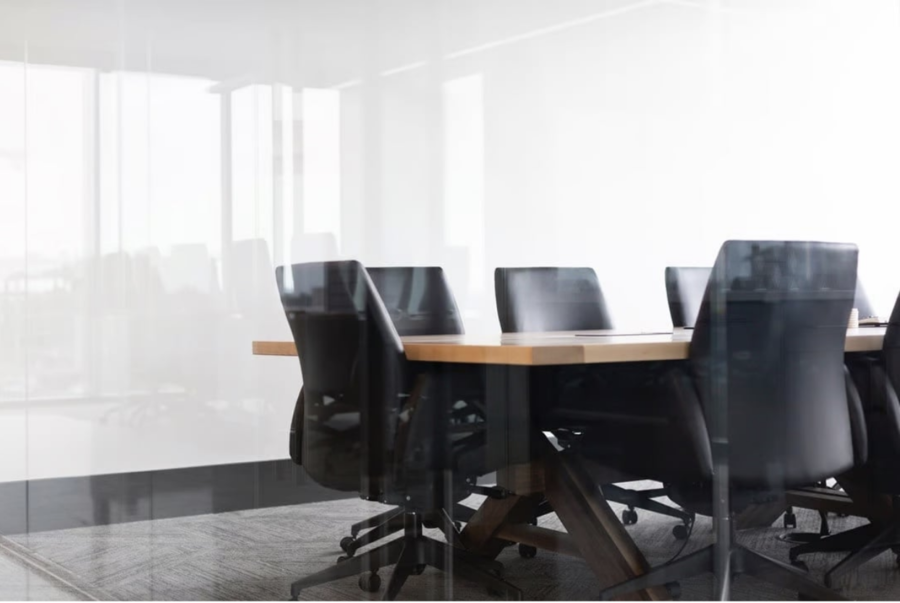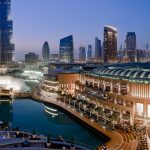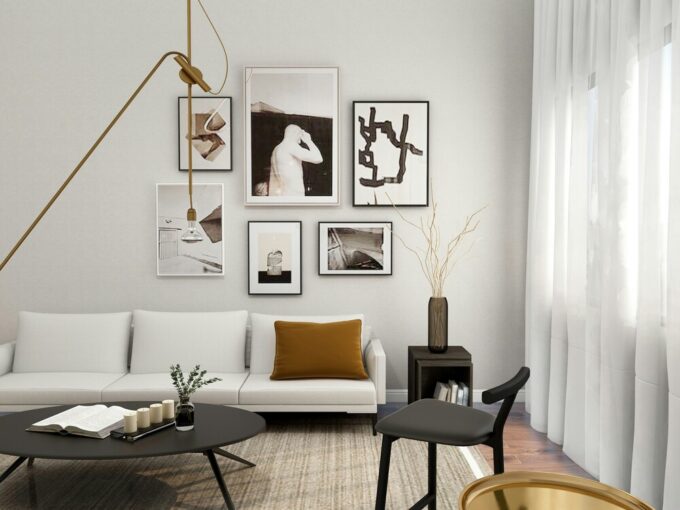- Home
- Articles
- Architectural Portfolio
- Architectral Presentation
- Inspirational Stories
- Architecture News
- Visualization
- BIM Industry
- Facade Design
- Parametric Design
- Career
- Landscape Architecture
- Construction
- Artificial Intelligence
- Sketching
- Design Softwares
- Diagrams
- Writing
- Architectural Tips
- Sustainability
- Courses
- Concept
- Technology
- History & Heritage
- Future of Architecture
- Guides & How-To
- Art & Culture
- Projects
- Interior Design
- Competitions
- Jobs
- Store
- Tools
- More
- Home
- Articles
- Architectural Portfolio
- Architectral Presentation
- Inspirational Stories
- Architecture News
- Visualization
- BIM Industry
- Facade Design
- Parametric Design
- Career
- Landscape Architecture
- Construction
- Artificial Intelligence
- Sketching
- Design Softwares
- Diagrams
- Writing
- Architectural Tips
- Sustainability
- Courses
- Concept
- Technology
- History & Heritage
- Future of Architecture
- Guides & How-To
- Art & Culture
- Projects
- Interior Design
- Competitions
- Jobs
- Store
- Tools
- More
The Essential Guide to Designing a Functional Commercial Space

Every detail, from layout to lighting, impacts employee productivity and customer satisfaction. A functional commercial space goes beyond mere visual appeal: it embodies efficiency, comfort, and innovation.
As businesses evolve, so do their spatial needs — and that’s why designers need to stay abreast of trends and innovations. Read on to explore key aspects of commercial space design, helping business owners and designers craft an environment that serves its purpose effectively.
Table of Contents
ToggleThe Purpose of the Space and Its Functionality
Before diving into design, clearly define the purpose of the commercial space. Retail environments must prioritize customer flow and product placement, whereas office spaces focus on collaboration and efficiency. A thorough analysis of how the space will be used informs design choices such as layout, furniture selection, and even materials used.

A marketing agency might benefit from open spaces, fostering creativity and communication. In contrast, a law firm may need defined offices for confidentiality. By pinpointing these needs from the beginning, designers can create spaces that function well and resonate with those using them.
The commercial building might even need functional upgrades and repairs that will ensure better functionality and safety. If you are from the area, look for an affordable Brentwood roof repair to maintain structural integrity and improve aesthetics for your building. Even take care of plumbing and electricity to embrace the purpose of your space.
Effective Space Planning
Space planning refers to the strategic arrangement of furniture, fixtures, and layouts within a commercial space. Designers must consider how different areas interact, only enhancing efficiency by grouping complementary spaces. An open-concept layout promotes teamwork among employees, while well-defined meeting areas contribute to focused discussions.
A well-planned interior can also accommodate technological needs, providing layouts for equipment and cables without compromising the aesthetic flow of the space. Strategically utilizing vertical space can also maximize functionality, especially in smaller spaces where square footage is limited.
Choosing the Right Materials
The right materials can enhance durability, ease of maintenance, and even energy efficiency. For high-traffic areas, selecting materials that can withstand wear and tear is a must. Options like hardwood or luxury vinyl can offer both style and resilience.
Many businesses are shifting towards eco-friendly materials that lessen their environmental footprint. From low-VOC paints to recycled tiles, incorporating these elements can do wonders for a company’s public image. Even incorporating biophilic design with natural materials fosters a connection to the outdoors, ideal for urban settings lacking greenery. Such a choice enriches the workspace and positively affects employee well-being. The balance between function, durability, sustainability, and aesthetics creates a truly effective commercial environment.
Lighting as a Key Design Element
Lighting is an often overlooked aspect of commercial space design that influences mood, productivity, and even energy consumption. Designers should consider integrating a mix of natural and artificial light to enhance the overall environment. Well-placed windows can increase natural light; in contrast, strategic light fixtures can highlight specific areas.
Energy-efficient lighting options can reduce electricity costs and promote a greener workspace. Using adjustable fixtures can provide customized lighting solutions tailored to different tasks or preferences, thus enhancing the functional quality of the space. Thoughtful lighting design can elevate a commercial area from ordinary to extraordinary.
Incorporating Technology into Design
Today’s commercial spaces must embrace technology to stay competitive: designers must integrate systems for communication, productivity, and sustainability. Smart technology can improve energy efficiency and facilitate better management of resources, creating a more responsive work environment.

Many digital tools such as project management software enhance collaboration among teams, regardless of their physical location. This brings forth the importance of creating adequate infrastructure to support these technologies. Designers should plan for proper cabling, wireless access points, and charging stations to meet tech demands seamlessly. Provisions for future upgrades should also be a focal point. With technology evolving rapidly, creating adaptable infrastructure allows commercial spaces to remain relevant and functional for years to come.
Creating a Brand Story Through Design
Every commercial space tells a story about the brand it represents. The design elements should resonate with the brand’s ethos, showcasing its values and mission. From color choices to furniture styles, everything should align with the perception the business wishes to convey. A cohesive design fosters recognition and loyalty among customers. A color scheme consistent with logo branding in decor and signage will reinforce identity. Incorporation of brand elements into functional aspects—like ergonomic furniture with unique shapes—also reinforces brand personality.
Storytelling extends beyond visual aesthetics through sensory experiences. Designers should incorporate sounds, scents, and textures that represent the brand, enhancing customer experience. A space’s design can serve as a conduit for customer connection, establishing lasting impressions that encourage return visits. A thoughtfully crafted environment creates a palpable brand essence that elevates overall customer engagement.
Creating a functional commercial space will enhance productivity and leave a lasting impression on customers. By understanding the specific needs of the space, executing effective space planning, choosing appropriate materials, and incorporating the right technology, businesses can create environments that resonate with both staff and clientele.
Effective design translates into a space that not only meets functional demands but also embodies the essence of the brand. Such an investment paves the way for a successful and enduring business operation.
illustrarch is your daily dose of architecture. Leading community designed for all lovers of illustration and #drawing.
Submit your architectural projects
Follow these steps for submission your project. Submission FormLatest Posts
Enhancing Urban Life: Best Practices for the Design of Walkways in Urban Areas
Discover the transformative role of urban walkway design in creating safer, sustainable,...
Playgrounds: Landscape Architecture for Inviting Interaction
Playgrounds in landscape architecture are more than spaces for activity—they are environments...
Future Trends in Urban Development: Embracing Sustainability and Smart Technology
Explore the future of urban development in this insightful article that highlights...
Understanding Having an Architectural Perception in Public Spaces for Better Community Engagement
Explore the transformative power of architectural perception in public spaces. This article...












Leave a comment